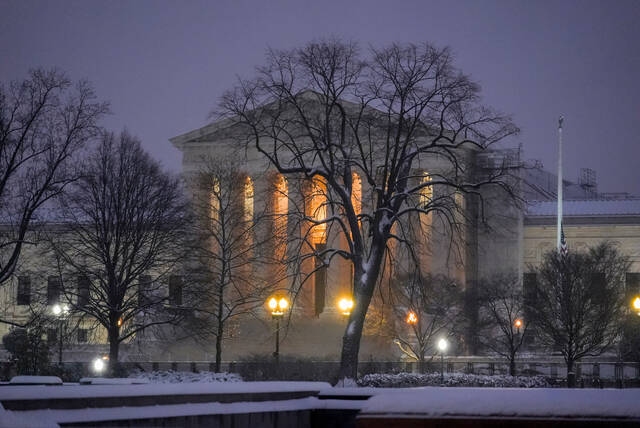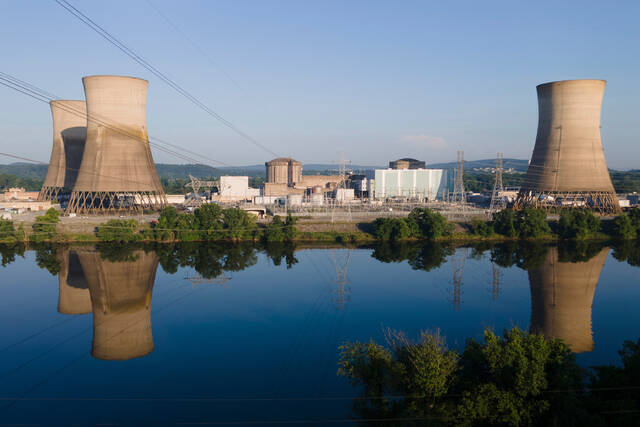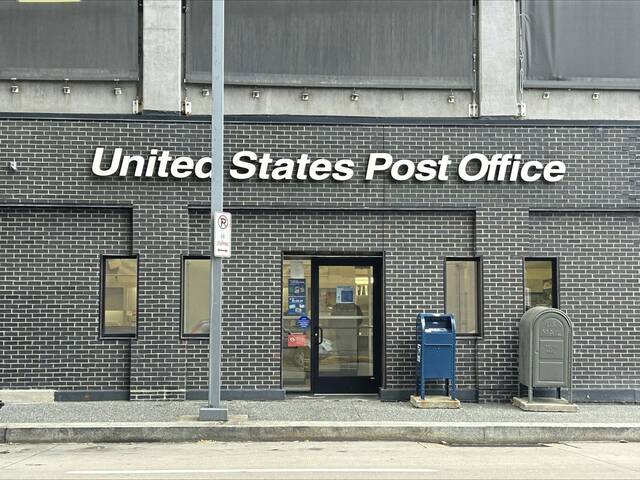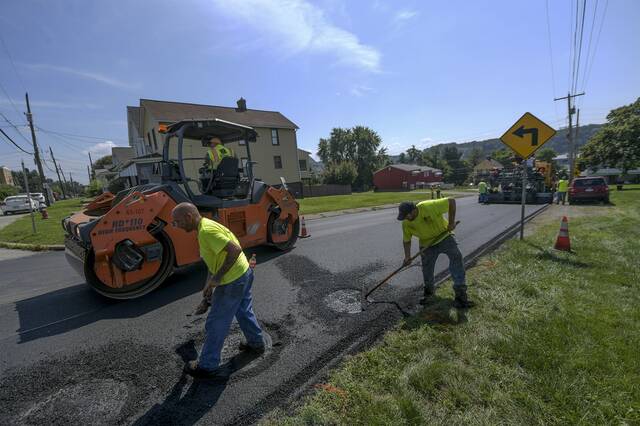“The environment has never been cleaner in my lifetime than now.” That’s the way I begin a part of my guest lecture to business classes at a local college. The look on the faces of the products of our public-school educational system is one of disbelief.
As a nearby, familiar example, I try to relate to the future-of-America students the conditions when Pittsburgh was truly the Steel City. Coke plants, tar plants, steel mills, glass manufacturers and ancillary other heavy industry facilities lined the banks of the rivers, producing the raw products of the country’s industrial revolution.
Donora, the location of one of the worst air pollution incidents in our country’s history, lies just down-river from Pittsburgh. In October 1948, 20 people died and over 7,000 were hospitalized or became ill as a result of an air inversion that trapped air emissions from nearby industrial operations in this small town’s valley. Industrial wastewater was pumped into any nearby surface water to simply get them out of the way from the production area so as not to be an impediment to work. This was the state of the environment up until even the 1970s.
Recognizing these issues, President Richard Nixon began and established the groundwork for many of the alphabet soup of major environmental laws: National Environmental Policy Act , Clean Water Act , Clean Air Act , Resource Conservation and Recovery Act , etc. He established the U.S. Environmental Protection Agency to oversee these programs. The results of these programs had, and still have, tremendous, long-lasting return on the efforts.
The problem, I tell the students, is similar to eating potato chips and French onion dip while watching the Steelers play on Sunday with your wife or girlfriend. At first, each chip is generously covered with dip, a good return on each effort of chip dipping. You can even do it with peripheral vision and focus on the game. As the dip volume decreases, some adjustments have to be made; additional efforts, focus and attention are expended. Initially, the extra effort is simply turning the dip tub to a more favorable angle for your chip-dipping success. After all, it is in your girlfriend’s or wife’s best health interest, almost an altruistic act on your behalf.
Then additional effort is expended to actually retrieve the dip tub and closely focus on ferreting out sufficient dip for each chip way down in the bottom crease or under the lip of the lid. This is ultimately followed by the effort of the finger swipe and mouth chip/dip mixing. It is at this point that some reasonable person needs to stop the process; “don’t lick that dip tub” is the admonishment from your better half.
This is the analogy to the history and current story of our environmental regulations. We continue to expend ever more efforts to seek those last molecules of contamination to satisfy our environmental appetite for “cleaner.”
The Allegheny County Health Department has and enforces its own air regulations, in addition to state and U.S. regulations. This is unique to the norm of the U.S. environmental regulatory programs.
A tar plant spills about a gallon or so of tar on the ground in its facility and spends numerous man-hours and costs to notify the national response center, document the spill event, clean up the material and dispose of it, and submit follow-up reports to the regulatory agencies. At the same time, the entire road through town outside the gates of the tar plant is being paved with the same material.
A former industrial site is required by regulators to be cleaned up by a past owner to a regulatory-mandated human health risk assessment level of 1 x 10-6. That is as if just one person in 1 million people may (not will) be harmed if they were to accidentally ingest a certain amount of contaminated soil from the site every day for 70 years.
Simply because a facility manufactures a certain product, it falls into a category in which there is a mandate to spend capital to install, monitor, operate and maintain a natural gas-fired thermal oxidizer (incinerator) to destroy any air emissions from tanks containing this product. The amount of air emission “pollutants” from the product storage tanks destroyed is trivial in comparison to the excessive amount of air emission pollutants caused by burning the natural gas to operate the thermal oxidizer equipment.
This is the current story of our environmental regulations. It is well past time for reasonable people to say to the politicians and government regulators: “Don’t lick that dip tub.”
Robert Smith is vice president and senior environmental scientist for Duquesne-based KU Resources Inc.








